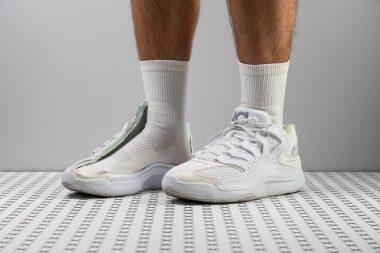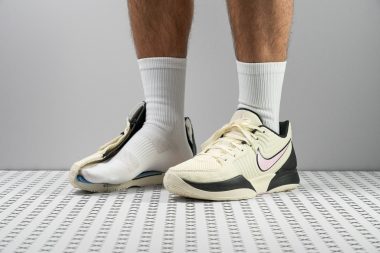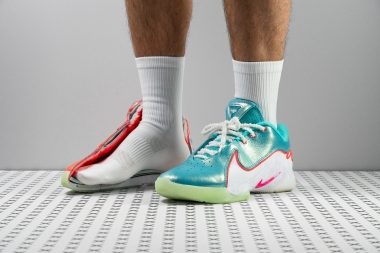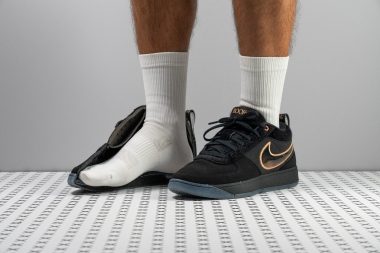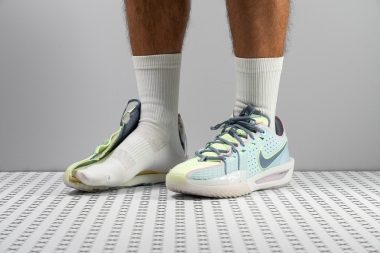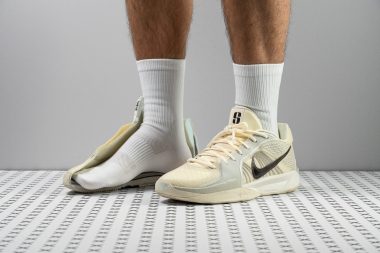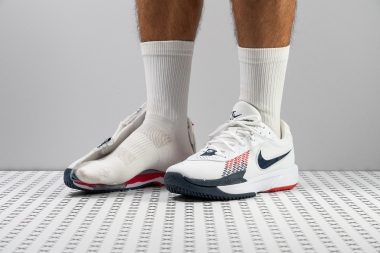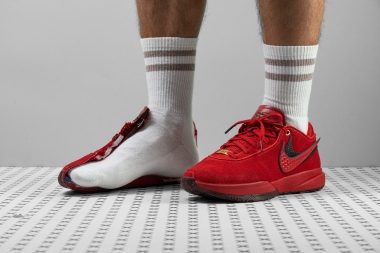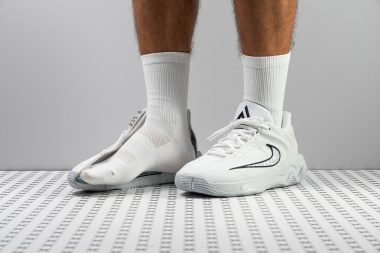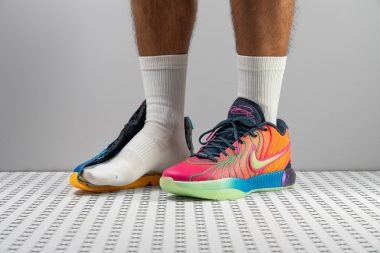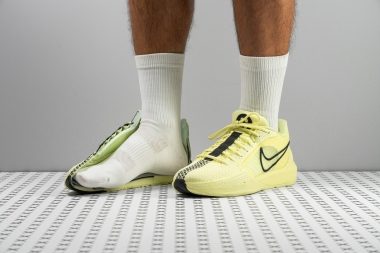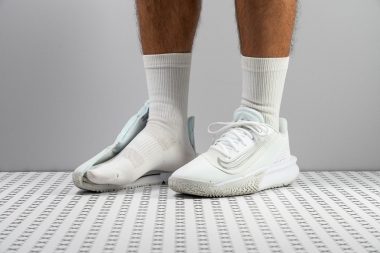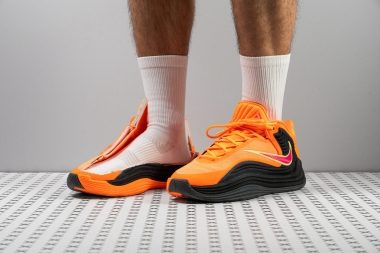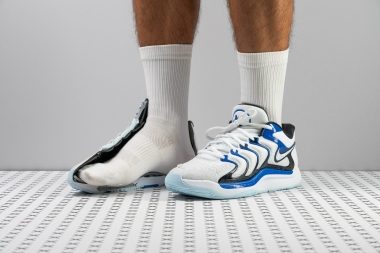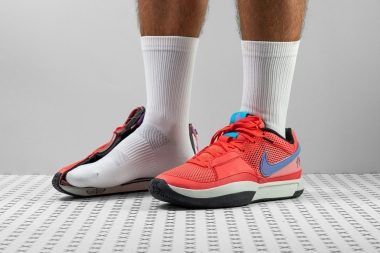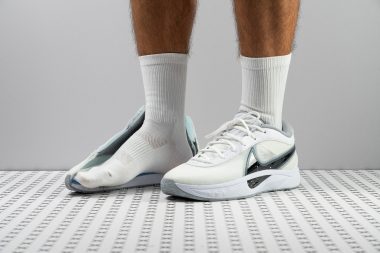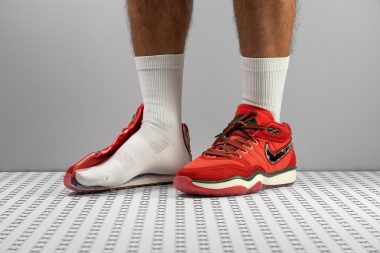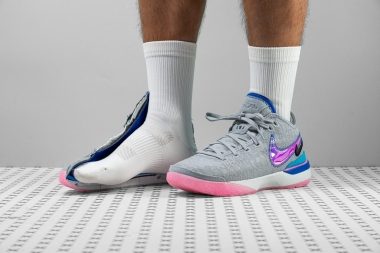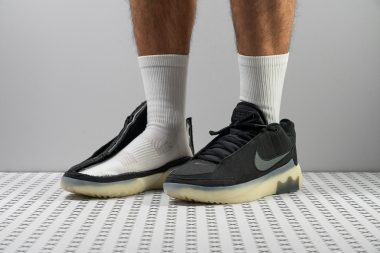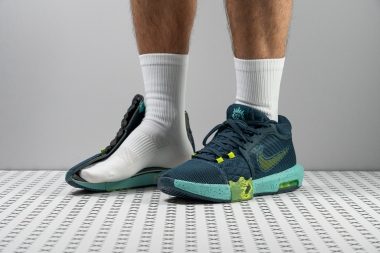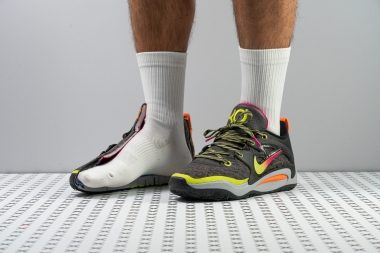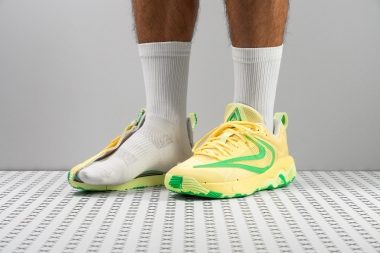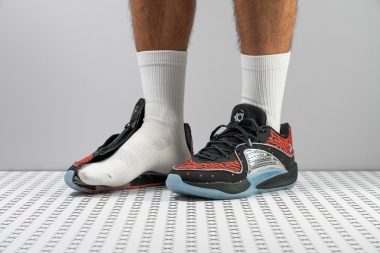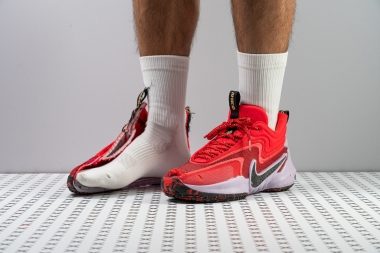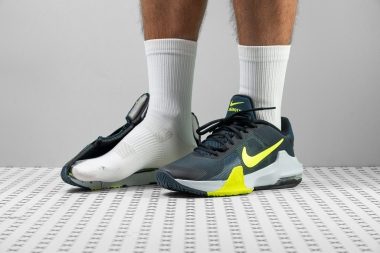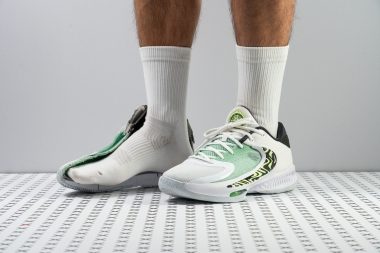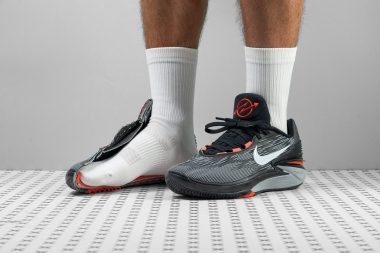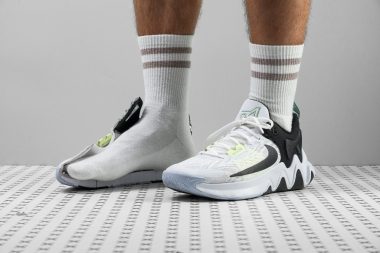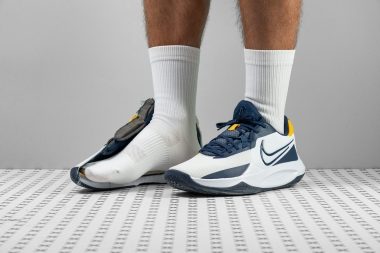Low top Nike basketball shoes
30 shoes reviewed
We buy shoes ourselves. We earn commissions when you buy through us, at no extra cost. Why trust us
- Nike KD 18New90Great$155 $74Save 52%
- 91Superb$120 $58Save 52%
- 90Great$190 $68Save 64%
- 87Good$140 $58Save 59%
- 89Great$190 $150Save 21%
- 90Great$130 $98Save 25%
- 87Good$95 $70Save 26%
- Nike LeBron 23New89Great$210
- 94Superb$200 $107Save 47%
- 83Good$85 $61Save 28%
- 86Good$210 $90Save 57%
- 86Good$125 $60Save 52%
- 82Good$80 $37Save 54%
- N/ANot enough reviews yet$115 $68Save 41%
- 88Great$150 $100Save 33%
- 89Great$110 $71Save 36%
- 85Good$140 $68Save 51%
- 86Good$170 $72Save 58%
- 88Great$160 $90Save 44%
- N/ANot enough reviews yet$105
- 83Good$110 $69Save 37%
- 92Superb$150 $120Save 20%
- 85Good$90 $62Save 31%
- 86Good$160 $107Save 33%
- 85Good$160 $90Save 44%
- 83Good$90 $80Save 11%
- 88Great$130 $120Save 8%
- 84Good$158
- 87Good$95
- 84Good$78
Overall review lists
Nike review lists
Low top review lists
In need of low-top basketball shoes from Nike but don't know where to start? You are in good hands as we present on this page our extensive collection of basketball shoe reviews. We personally purchased and tested outdoor silhouettes, expensive retro releases, and even signature lace-up low-tops just to deliver an in-depth review that caters to your needs.



